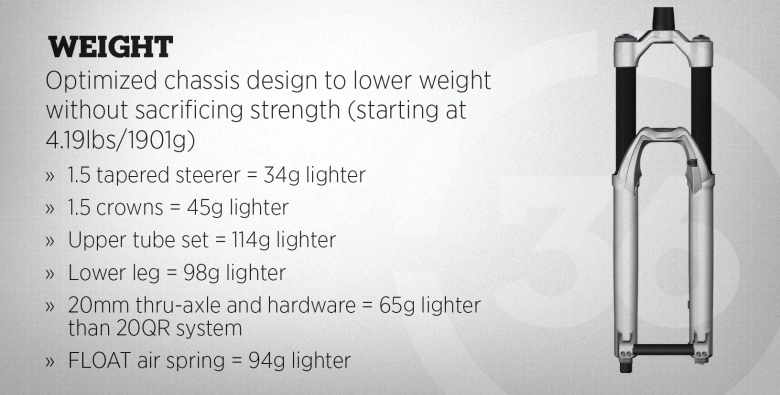I've been riding a Fox 36 Van for the last 6 or so years. I have no complaints about this thing and it is still in great shape.
But I have been seriously pondering moving over to a Fox 36 Float, to lose a little weight off the bike and to have a little bit more control over the sag/spring rate as compared to the limited spring options in the Van.
What should I expect from an air fork, in particular the Fox 36 Float? I have not ridden on one before, so I have no clue.
The maintenance on this one has been pretty stellar, too. I pretty much change the oil twice a year and I've only had to replace the seals twice. And only one bladder malfunction... Will the Float require a lot more service?
Are there any particular Float years to avoid because of problems?
This is the fork I currently run...Its the Van R.

But I have been seriously pondering moving over to a Fox 36 Float, to lose a little weight off the bike and to have a little bit more control over the sag/spring rate as compared to the limited spring options in the Van.
What should I expect from an air fork, in particular the Fox 36 Float? I have not ridden on one before, so I have no clue.
The maintenance on this one has been pretty stellar, too. I pretty much change the oil twice a year and I've only had to replace the seals twice. And only one bladder malfunction... Will the Float require a lot more service?
Are there any particular Float years to avoid because of problems?
This is the fork I currently run...Its the Van R.







